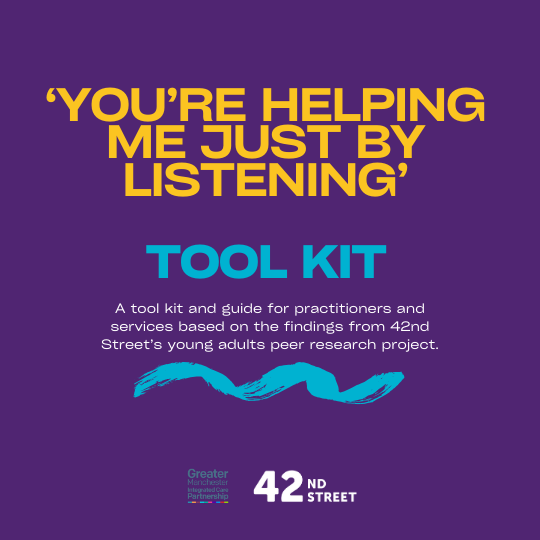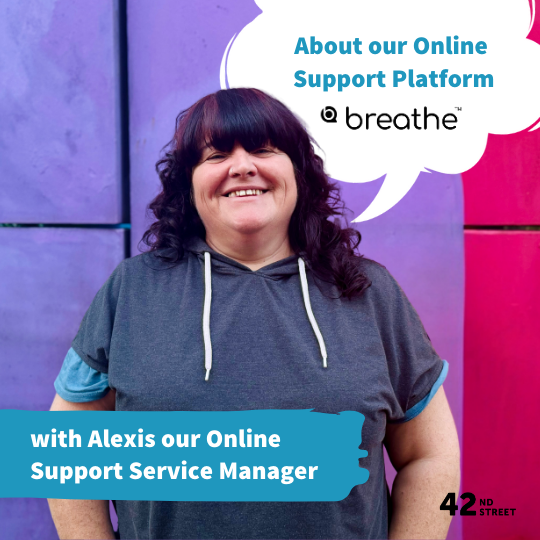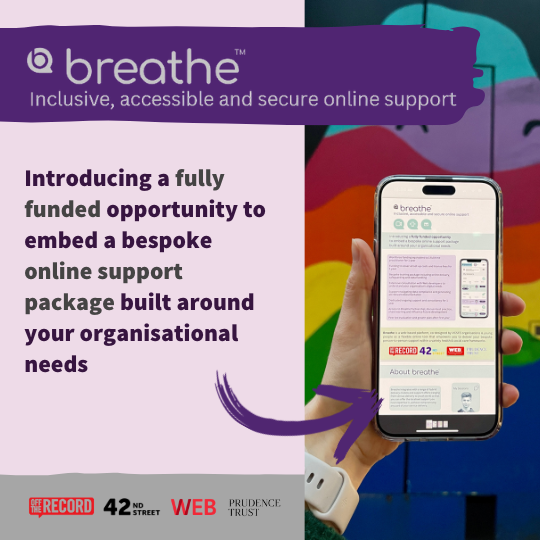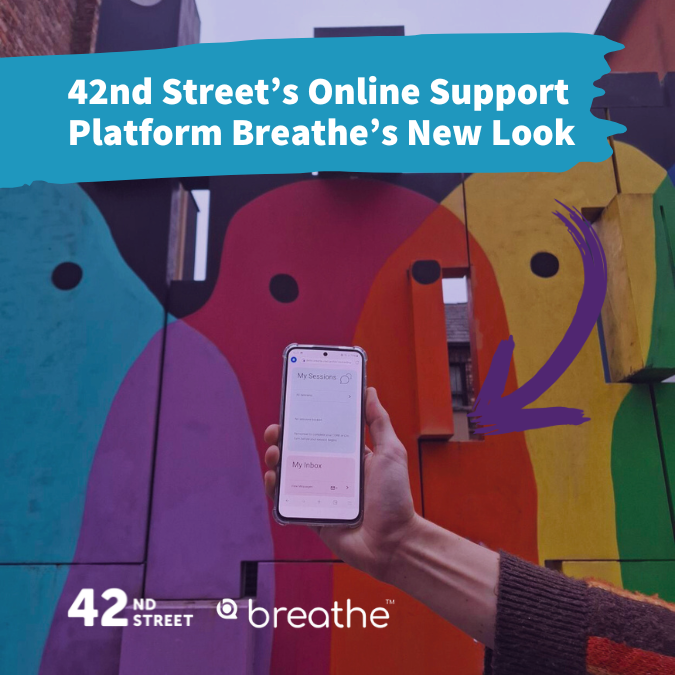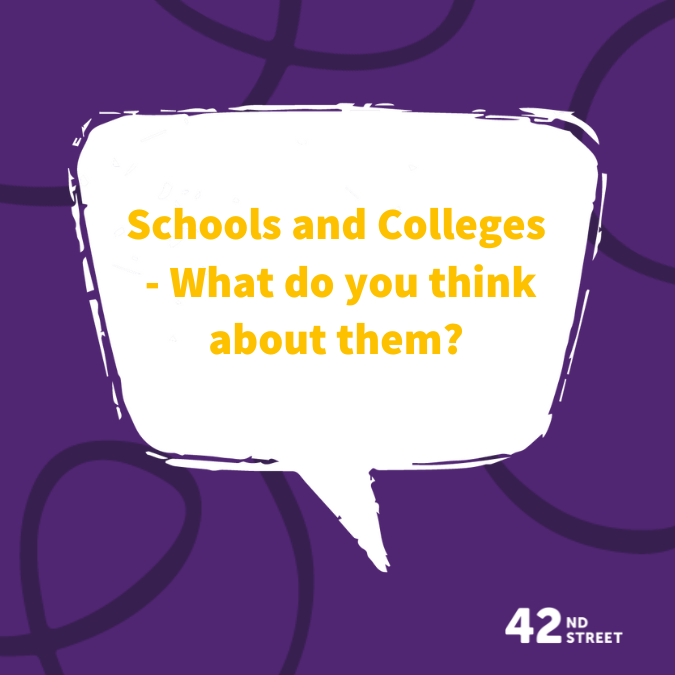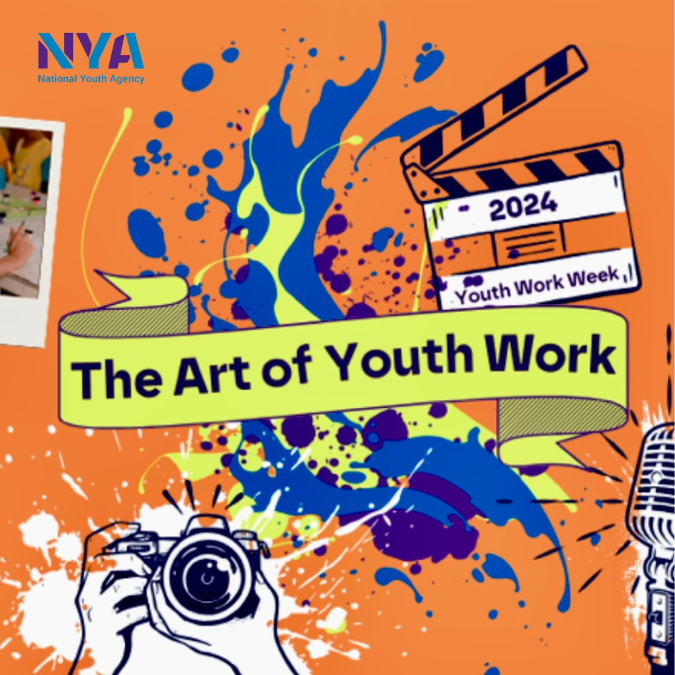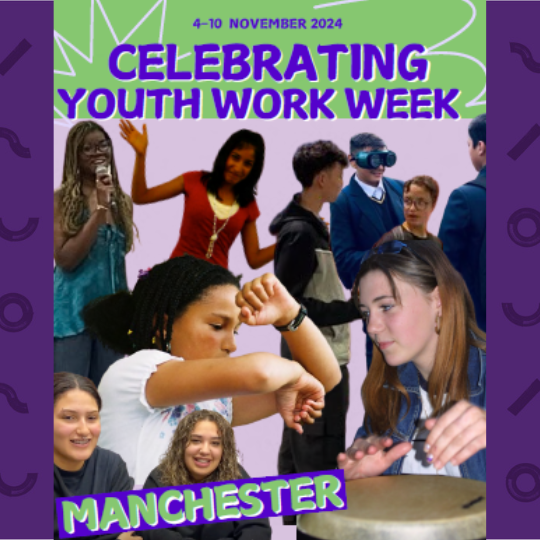Connection & Young People's Mental Health

Young People’s Mental Health- why is it so important?
Well, mental health awareness and support for young people are incredibly important as 1 in 6 young people will experience mental health difficulties in a year (1), and we have seen an increase in rates between 2017-2022 (4). Also, 50% of mental health conditions are established by age 14 and 75% by age 24, but symptoms and signs can start to develop and show earlier (2).

A NHS report evaluating mental health in children and young people (4) shows that mental health prevalence increased in children (7-16 years) between 2017-2020 and it has remained at this higher level for 2020-2022, with a proportion of 1 in 4 experiencing mental health difficulties. For young people, aged 17-19 years, mental health difficulties saw an increase between 2017-2020, then no observed increase between 2020-2021. However, in 2021-2022 we saw an increase again with 1 in 4 now experiencing mental health difficulties. For young people, aged 20-23 years, 1 in 5 are experiencing mental health difficulties (4).

Looking at household circumstances a negative impact is being observed between the cost of living and energy crisis and children's/young people’s mental health. The report highlights that this is reducing attendance at school and quality of life, where children/young people who are experiencing mental health difficulties are less likely to enjoy learning and have a friend they can turn to for support. It also reveals how children (11-16 years) experiencing mental health conditions were less likely to feel safe at school (4).
Experiences during childhood and adolescence can also have long-lasting impacts on an individual’s quality of life, and mental difficulties in 1 of 3 adults can be linked to adverse childhood experiences (3). We are also aware that early intervention is key to preventing more complex and chronic mental health conditions from developing.

Increasing knowledge around signs of mental health difficulties and what does and doesn’t improve our mental health and wellbeing in children and young people from an earlier age is one thing we can do to help.
We are social beings.

Certain things promote our wellbeing and good mental health, and these are often described as components of wellbeing.
This year, the theme of Children’s/Young People’s Mental Health Week is connection, and connection is one of these components. It’s seen in many models for good health including Five ways to wellbeing and Maslow’s Hierarchy of needs.)
Human beings are social species, and we thrive in communities and it is vital that communities provide exactly that, ‘community’. -Healthy and safe interactions where people can feel supported, connected and have a sense of belonging.
Experiencing social connection supports us in building other components of well-being into our lives too. It is one of the major factors enabling us to be resilient, which protects mental health as it allows us to better bounce back and adapt to stress and changing life circumstances.
Note when you feel connected

This year’s theme invites us to explore ways we can connect with others, how to nurture and maintain meaningful healthy relationships and how this benefits us. We are all different, and there are various ways to connect. Some people need more social time than others. People also find different things interesting. We can also connect with different people in different ways, and all these connections can be meaningful. From a small pleasant conversation with a neighbour to a more in-depth one with a closer friend. Here are some ideas to remind us of small ways we can connect. Try some out and take notice when you feel most connected, supported, uplifted and the relationships that promote your wellbeing.
What happens when we lack vital connections?

The theme also invites us to consider how isolation and discrimination can impact a person's ability to connect and how we as individuals and communities can help people feel more connected.
When people experience disconnection, isolation and discrimination and lack vital social connections it decreases components which support our wellbeing while negatively impacting our mental-ill health by increasing experiences of mental-ill health risk factors and can:
-Cause feelings of loneliness
-Mean you do not have a social support network to turn to or people you feel safe with.
-Impact self-esteem & confidence to learn new things especially when this involves social situations.
-Make managing negative emotions more challenging because these will be more common.
-Impact an individual’s access to opportunities which supports self-esteem and allows you to experience positive emotions like joy, meaning and fulfilment.
-Impact an individual’s social and cultural identity.
-Limit an individual’s future opportunities to find connections and community as you may start to withdraw or avoid certain situations, which is normal, if you are unsure where you will feel safe.
The World Health Organisation (WHO) defines mental health as:
'a state of wellbeing in which the individual realises his or her abilities, can cope with the normal stresses of life, work productively and fruitfully, and is able to make a contribution to his or her community’
From this, we can see why connection is so fundamental to individual wellbeing, mental health and physical health, and society.

You may also have heard the sayings "There is no health without mental health" by Dr Brock Chisholm (the first Director-General of the World Health Organization (WHO) and “Whatever affects one directly, affects all indirectly. I can never be what I ought to be until you are what you ought to be. This is the structure of interrelated reality” by Martin Luther King which highlights the impact of our interactions.

Physical and mental health are complexly intertwined, and so are components of wellbeing and the interactions we have with each other. Each one of us can contribute to the feeling of ‘connection and community’ for the people we are in contact with so here’s to connecting positively and supporting the wellbeing of ourselves and the people around us.
For Children's/Young People's Mental Health Week we discussed the importance of connection with our team and you can read one of the interviews here.
Our Groups
At 42nd street, we have a number of ‘create, campaign or connect’ peer groups for young people
whether you are looking for people who can resonate with your lived experiences or you want to share your hobbies or passions with others. Have a read about our different groups and how to join here.
This week discussed the importance of connection with our team and you can read one of the interviews here.
And, if you would like to read more about healthy connections and types of relationships check the suggestions below:
-Types of attraction
-Loneliness
-The basis of connection and how to build healthy relationships with others from Place2Be.
References:
1. WHO (2003). Caring for children and adolescents with mental disorders: Setting WHO directions. [online] Geneva: World Health Organization. Available at: http://www.who.int/mental_health/media/en/785.pdf
2. Kessler RC, Berglund P, Demler O, Jin R, Merikangas KR, Walters EE. (2005). Lifetime Prevalence and Age-of-Onset Distributions of DSM-IV Disorders in the National Comorbidity Survey Replication. Archives of General Psychiatry, 62 (6) pp. 593-602. doi:10.1001/archpsyc.62.6.593.
3. Mehta, D. et al. (2013) ‘Childhood maltreatment is associated with distinct genomic and epigenetic profiles in posttraumatic stress disorder’ Proceedings of the National Academy of Sciences 110(20): 8302–8307. Available at: http://www.pnas.org/content/110/20/8302.full.pdf
4. https://digital.nhs.uk/data-and-information/publications/statistical/mental-health-of-children-and-young-people-in-england/2022-follow-up-to-the-2017-survey/part-1---mental-health




